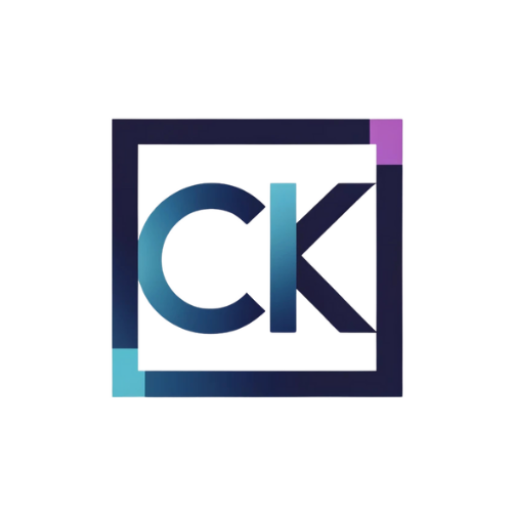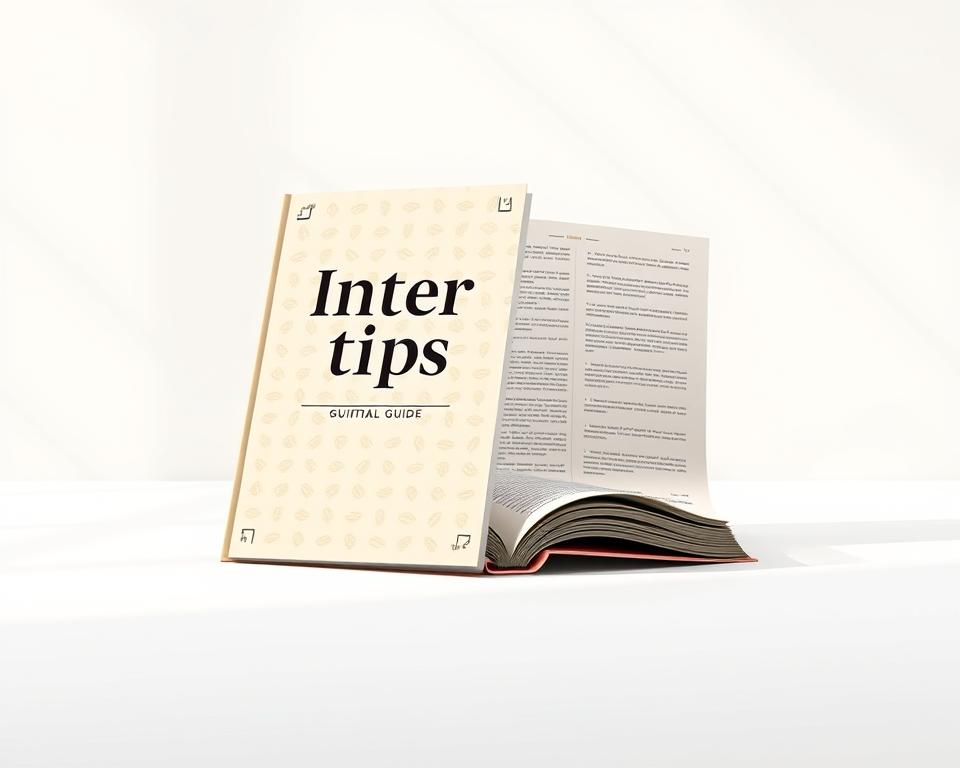Anúncios
Are you ready to walk into your next job meeting with more calm and confidence? This short checklist places clear, current advice at your fingertips for 2025. You will learn how simple research on a company’s website and focused preparation help you show up ready.
You will see why timing matters—arrive 10–15 minutes early—and why bringing several copies of your resume matters. Learn to use the interviewer’s name naturally, organize your papers, and balance steady eye contact with a sincere smile.
This guide explains the job process from application to decision. It highlights the skills hiring teams want and gives small, practical steps you can adapt to your career path. Progress matters more than perfection, and these points help you control what counts on the day.
Introduction: Your 2025-ready checklist to master Interview tips strategies
The interview landscape in 2025 mixes hybrid meetings, structured formats, and new norms for clear virtual presence.
Timing matters. Log into video calls a few minutes before start and arrive onsite 10–15 minutes early. Bring a short list of thoughtful questions that show you used the company website to learn about priorities.
Anúncios
This beginner-friendly checklist covers role expectations, team goals, and what to ask about the first 30–90 days. You’ll see simple examples, checklists, and steps you can adapt to your job or career path.
Use the guide for both in-person and remote interviewing. Test your tech, plan your route, and practice with a friend to build calm and ability. Nervousness is normal; steady practice improves your conversation and overall experience.
- Prepare focused questions about role, team goals, and onboarding.
- Research the company site for key information and show genuine interest.
- Adapt examples to your industry and the specific job you want.
Before you go: research, preparation, and practice
One hour of focused research and a tidy folder can turn nerves into confidence. Use that time to learn key information and to assemble items you will actually use during the meeting.
Research the organization, role, and interviewer’s name
Go to the company website, read the mission, and scan recent news. Write a one-paragraph summary explaining why the organization appeals to you.
Confirm the interviewer’s name, spelling, and pronunciation so you can use it naturally and in your thank-you note.
Prepare copies of your resume and organize materials
Print multiple clean resume copies and tuck them in a simple folder with any transcripts. Add a reliable pen and a small notepad.
Pack backup items: charging cable, water, directions, and a short list of questions about the role and first 30–90 days.
Practice clear answers and plan your route or tech setup
Map two brief examples that show your skills and strengths. Practice answers aloud and record yourself to remove filler words.
If the meeting is onsite, plan to arrive 10–15 minutes early. For virtual calls, test camera, mic, and background the day before.
- Summarize the website findings in one line.
- Confirm the name and note spelling for follow-up.
- Carry several copies resume in a neat folder.
- Practice two examples that map your skills to the job.
First impressions: arrive early, greet with confidence, and build rapport
Arriving early sets the tone: use the extra minutes to find the restroom, silence notifications, and steady your breathing so you feel calm before the meeting.
Arrive 10-15 minutes early and settle in
Aim to be there 10–15 minutes before the scheduled time. This simple step helps you gather your thoughts and place your resume copies within reach.
Handshake, smile, and eye contact without staring
Offer a brief, confident handshake, pair it with a genuine smile, and hold steady eye contact—but don’t stare. These small actions create a warm, professional impression.
Open with their name and follow the interviewer’s lead
Use the name you confirmed during preparation and match the manner and pace the interviewer sets. Start with light conversation about the office or agenda, then let them guide the move into formal questions.
- Keep posture open and avoid fidgeting.
- Engage conversation naturally and show clear interest in the job.
- On video, look into the camera to simulate eye contact and keep lighting even.
Interview tips strategies inside the room: communicate value with honesty
Communicate what you bring to the role, using short examples that prove your ability.
Focus on transferable skills and what you can do for the organization
Lead with what you can do for the organization. Pair your skills with the job’s needs and give one concise example.
Listen carefully, clarify questions, and stick to the point
When a question feels broad, pause and rephrase it aloud. This lets the interviewer confirm and keeps the conversation on track.
Watch your grammar and choose professional words
Use simple, accurate words. Speak slowly to avoid fillers. Clear grammar shows care and respect for the employer.
Stay composed if personal or unexpected questions arise
If a personal item comes up, stay calm and redirect to job-relevant ability. Be honest about experience; exaggeration harms trust.
- Use steady eye contact and open posture.
- Highlight strengths like problem-solving and quick learning.
- Close answers by linking back to the job goals.
Ask smart questions that show interest and preparation
Prepare a short, focused list of questions about the role so you can learn how to contribute in the first 30–90 days. A few well-chosen items shows research and genuine interest in the position and the organization.
Role and onboarding: your first 30–90 days
Ask what the first month and quarter look like for someone in this position. Learn which tasks will be prioritized and which skills will matter most early on.
Request examples of success in that period so you know what to aim for and how the team measures progress.
Team goals, current challenges, and how success is measured
Ask what the team is solving right now and how success is tracked. This helps you link daily work to wider business outcomes.
Invite the interviewer to describe what makes people thrive on the team and common pitfalls to avoid.
Values in action: culture, recent news, and priorities
Reference one recent public update from the organization and ask how those priorities show up day-to-day. This shows real curiosity about culture and practical alignment with the business.
“A short list of focused questions tells hiring teams you’ve done your homework and are ready to contribute.”
- Prepare two to three strongest questions if time is short.
- Clarify the process and timeline for next steps and who you might meet next.
- Ask about tools, resources, and how cross-functional work is handled.
- Keep each question brief and listen closely so follow-ups build on the answer.
Logistics that strengthen your impression
A short, practical packing list keeps you calm and helps you look prepared at the door. These small moves let your manner and answers shine.
What to bring: resume copies, reliable pen, and a small notepad
Bring two to four copies of your resume in a simple folder so you can hand one to each person without fumbling. Add a reliable pen and a small notepad, but keep them put away during the conversation.
Include a backup copy of work samples or portfolio links if they matter for the job. For virtual meetings, place a discreet one-page list of key points near your screen to glance at between questions.
When to take notes: after the meeting to capture key information
Do not take notes while you speak. Instead, jot details immediately after the meeting while memory is fresh.
- Write names, role details, and next steps for your thank-you note.
- Plan your time: route, parking, or meeting link to arrive calm.
- Use post-interview notes to update your skills stories and keep a running record across meetings.
Timing, salary talk, and next steps
Plan how you’ll close the meeting so your final words leave a clear, positive impression. Handle compensation, decision timing, and the next step with calm and respect.
Wait for the interviewer to raise salary and benefits
Let the interviewer open pay and benefits. If they ask, share a researched range calmly and invite details about the full package.
Don’t expect an immediate offer; ask about the process and timeline
Most roles involve multiple rounds and a paced process. Expect several weeks rather than an instant decision from the employer.
“A short, courteous close and one clear question about next steps shows you are both interested and professional.”
- Before leaving, ask who you will meet next and the expected time to decide.
- Thank the interviewer by name, restate your interest, and note one key skill that fits the position.
- Record any follow-up note items—references, assessments, or start-date constraints—so you can respond fast.
Follow-up and learn: thank-you note and reflection
A short, thoughtful message after the meeting keeps your candidacy active and professional. No conversation is complete until you send a brief thank-you that uses the interviewer’s name and mentions one specific topic you discussed.

Send a polite, personalized thank-you note that uses their name
Within 24 hours, send a warm note. Reference one detail from your talk and restate your interest in the position.
If you met more than one person, send individual messages tailored to each person’s focus and questions.
Write post-interview notes and refine your approach
Right after the meeting, record your thoughts: wins, gaps, and any promised next step. Capture deadlines, materials requested, and who will follow up.
Use those notes to refine examples for future meetings and to prepare any missing points you want to add in a short follow-up sentence.
“Each follow-up is both a professional courtesy and a chance to improve your career learning.”
- Send a brief thank-you within 24 hours using the interviewer’s name.
- Log your impressions and exact details of the process while fresh.
- If no update arrives by the stated time, send a polite question about the timeline.
Conclusion
Close each meeting as a clear, friendly conversation about fit, value, and next steps. Treat the call or visit as a chance to show your strengths and how your skills match the position.
Keep practicing before every job meeting. Focus on first impression, short clear answers, and a timely, thoughtful follow-up. Each run improves how you present experience and builds calm over time.
Adapt these steps to your role and industry, and consider mentors or career coaching to sharpen examples and to engage conversation with feedback. Your path is unique; steady preparation helps you make a strong, professional impression in every interview.



